Growing Prayer Plants: Learn About Maranta Rabbit’s Foot Plant
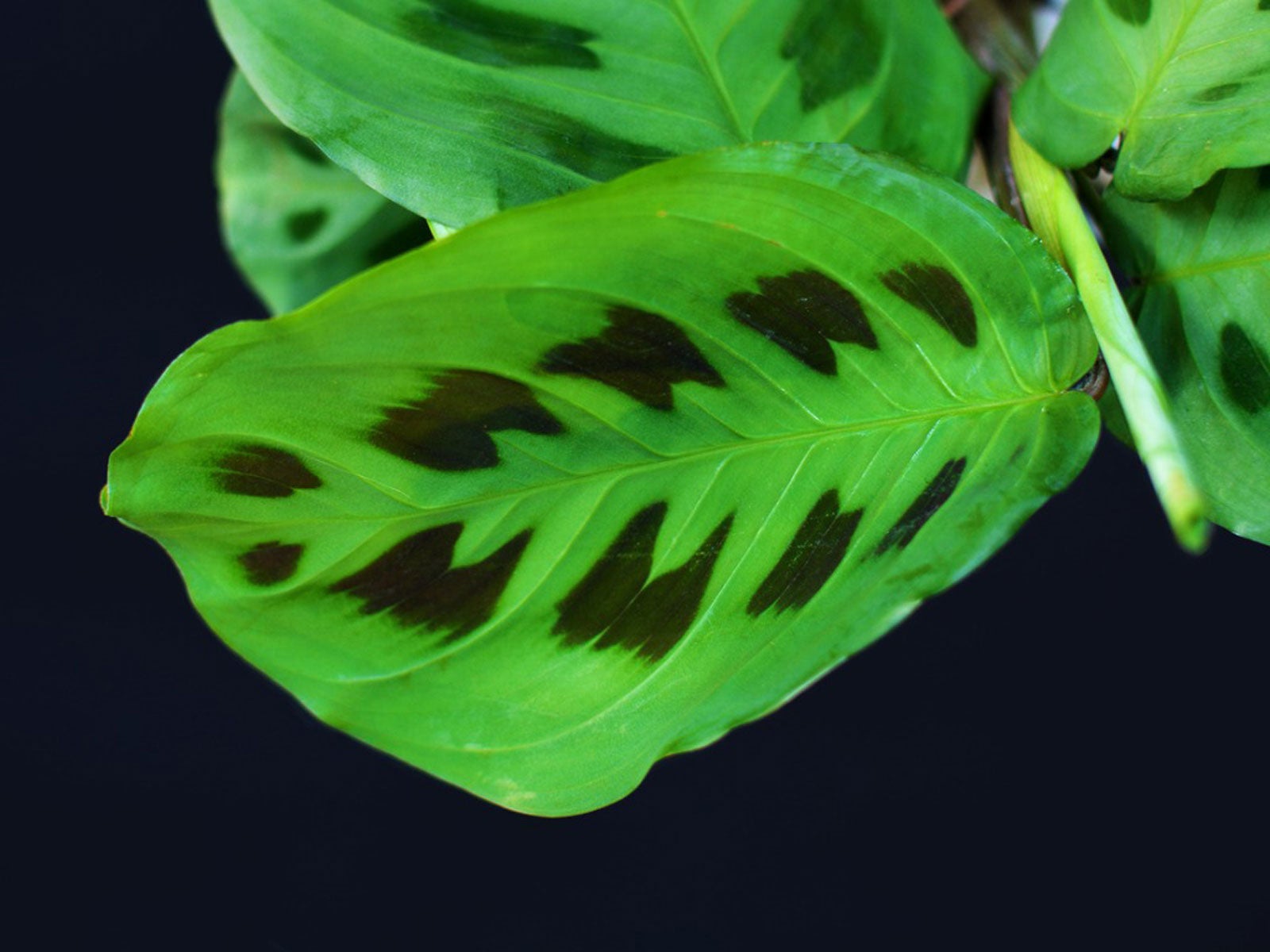

The prayer plant “Kerchoviana,” also called the rabbit's foot plant, is a popular variety of Maranta leuconeura. These common houseplants have light grayish green leaves with dark splotches (which resemble rabbit tracks) between the veins. The underside of the leaves is a shade of silvery blue. Like other varieties of Maranta, Kerchoviana prayer plants roll up their leaves at night as if praying.
Growing Prayer Plants
The rabbit's foot prayer plant is native to Brazil and is only hardy in USDA zones 10b to 11. Throughout the U.S. they are grown primarily as houseplants. This prayer plant is not difficult to grow, but just like other varieties of Maranta, they do require a certain level of care.
Follow these proven tips for successfully growing prayer plants:
- Avoid direct sunlight: These plants prefer bright indirect light and can survive shady conditions. They also do well when grown under fluorescent lighting.
- Avoid overwatering: Keep the plant moist at all times but avoid soggy soil. Empty the drainage saucer after watering to avoid root rot and use lukewarm water. Avoid hard water or tap water containing fluoride.
- Use a light potting soil: The prayer plant Kerchoviana does best in a soil based potting mix with good drainage potential. A potting soil mixed with sand, peat moss, or loam is suitable as is a ready-made mix formulated for African violets.
- Increase humidity: Growing Kerchoviana indoors is often too dry of an environment for this tropical species. To increase humidity, place the planter on a tray of wet pebbles or mist frequently.
- Keep at room temperature: Like most tropical plants, this plant is sensitive to cooler temperatures. They do best between 65 and 80 degrees F. (18-27 C.).
- Feed regularly: Apply a diluted formula of balanced plant food once or twice a month during the growing season.
Caring for a Rabbit’s Foot Prayer Plant
The rabbit's foot plant is an evergreen perennial. As a houseplant, it is fairly slow growing. Generally, they require repotting every other year and only if they outgrow their planter. Mature plants can grow to heights of 18 inches (46 cm.) tall, but growing prayer plants can be trimmed back should they begin to lose their vigor.
Prayer plants experience an annual dormancy period. Water less frequently and withhold fertilizer during the winter months.
They remain relatively disease free but can be attacked by a number of pests. These include spider mites, mealybugs, and aphids. Infestations can be safely treated with neem oil.
As houseplants, Marantas are primarily grown for their attractive foliage. The rabbit’s foot prayer plant does produce inconspicuous flowers, if it blooms at all, when grown indoors.
Gardening tips, videos, info and more delivered right to your inbox!
Sign up for the Gardening Know How newsletter today and receive a free copy of our e-book "How to Grow Delicious Tomatoes".
Propagation is usually accomplished by dividing root offshoots when repotting or through basal cuttings.

Laura Miller has been gardening all her life. Holding a degree in Biology, Nutrition, and Agriculture, Laura's area of expertise is vegetables, herbs, and all things edible. She lives in Ohio.
-
 Looking For Plants To Give You The Soft And Fuzzies? Try These 5 Fuzzy Leaf Plant Options
Looking For Plants To Give You The Soft And Fuzzies? Try These 5 Fuzzy Leaf Plant OptionsLovers of texture, drama, silver foliage and tactile plants will adore these special sensory garden additions. These fuzzy leaf plant options will leave you all aglow
By Susan Albert
-
 Get Ready For A Summer Of Hummers! Grow These Full Sun Hummingbird Plants and Flowers
Get Ready For A Summer Of Hummers! Grow These Full Sun Hummingbird Plants and FlowersIf you’re lucky enough to enjoy a sunny backyard, make sure you are maxing out on your pollinator opportunities and grow these full sun hummingbird plants and flowers
By Tonya Barnett
-
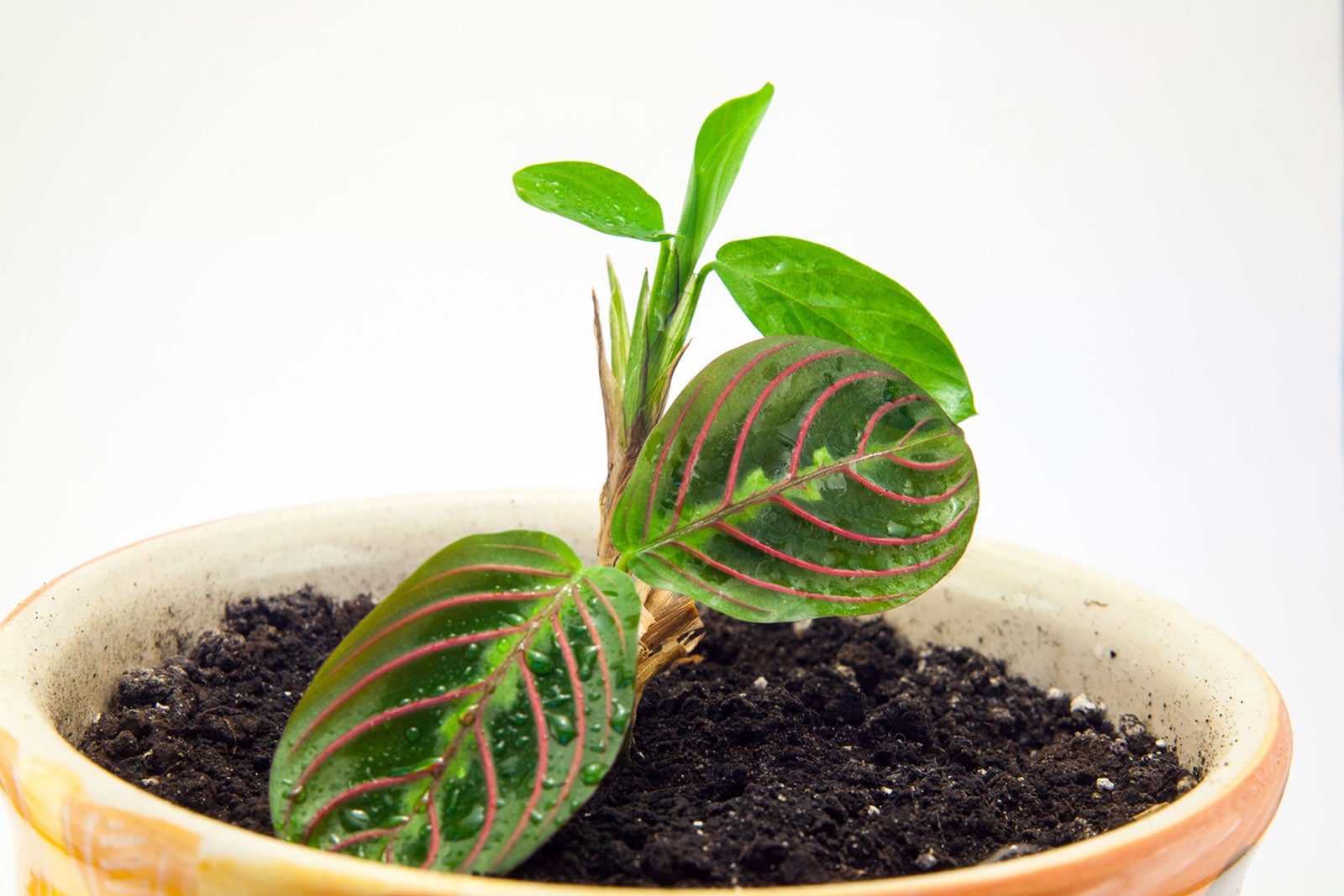 Red Veined Prayer Plants: Tips On Caring For A Red Prayer Plant
Red Veined Prayer Plants: Tips On Caring For A Red Prayer PlantIndoor tropical plants add an exotic feel to the home and the red-veined prayer plant also has another neat attribute, moving leaves! Caring for a red prayer plant requires specific conditions. To learn about care for this fussy little plant, click here.
By Bonnie L. Grant
-
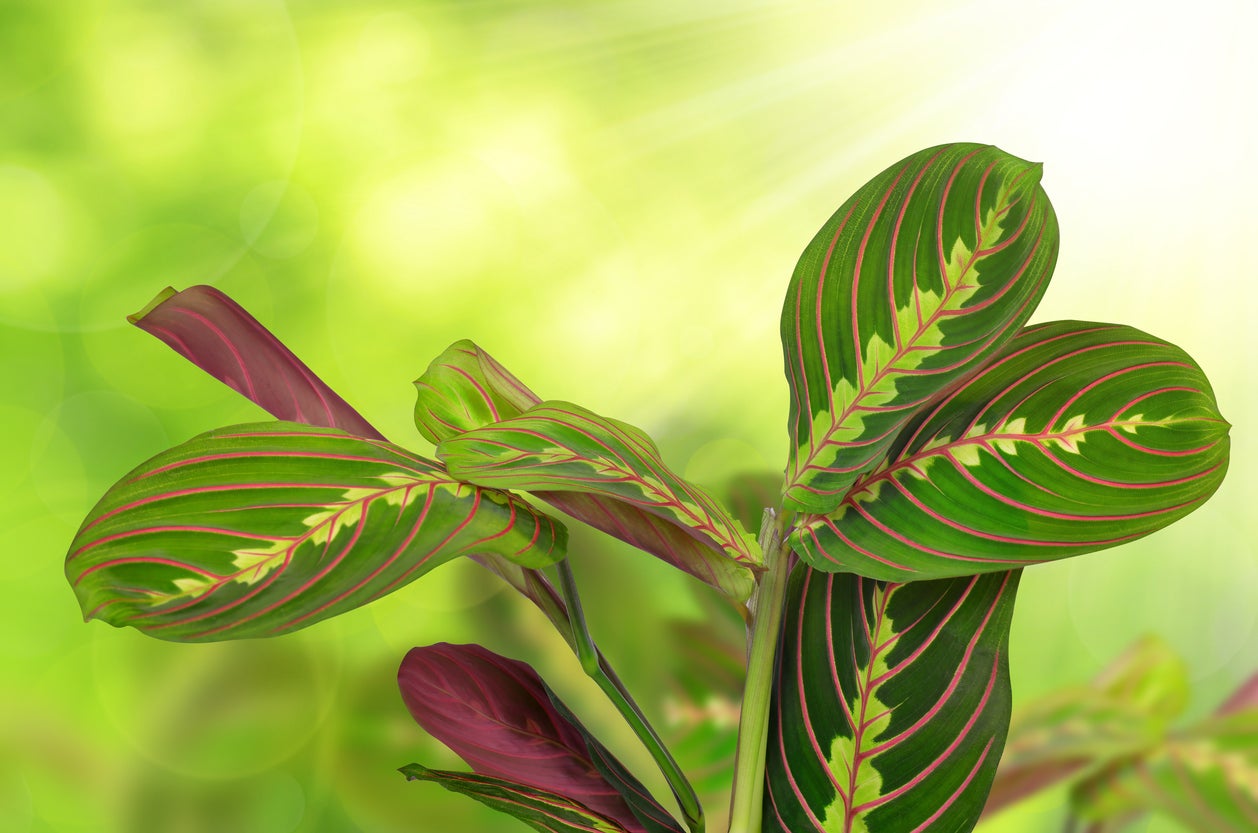 Types Of Prayer Plant: Growing Different Prayer Plant Varieties
Types Of Prayer Plant: Growing Different Prayer Plant VarietiesThere are anywhere from 40-50 species or types of prayer plant. Of the many varieties of Maranta, only two prayer plant varieties make up the bulk of nursery stock used as houseplants or for other ornamental uses. Click this article to learn more.
By Amy Grant
-
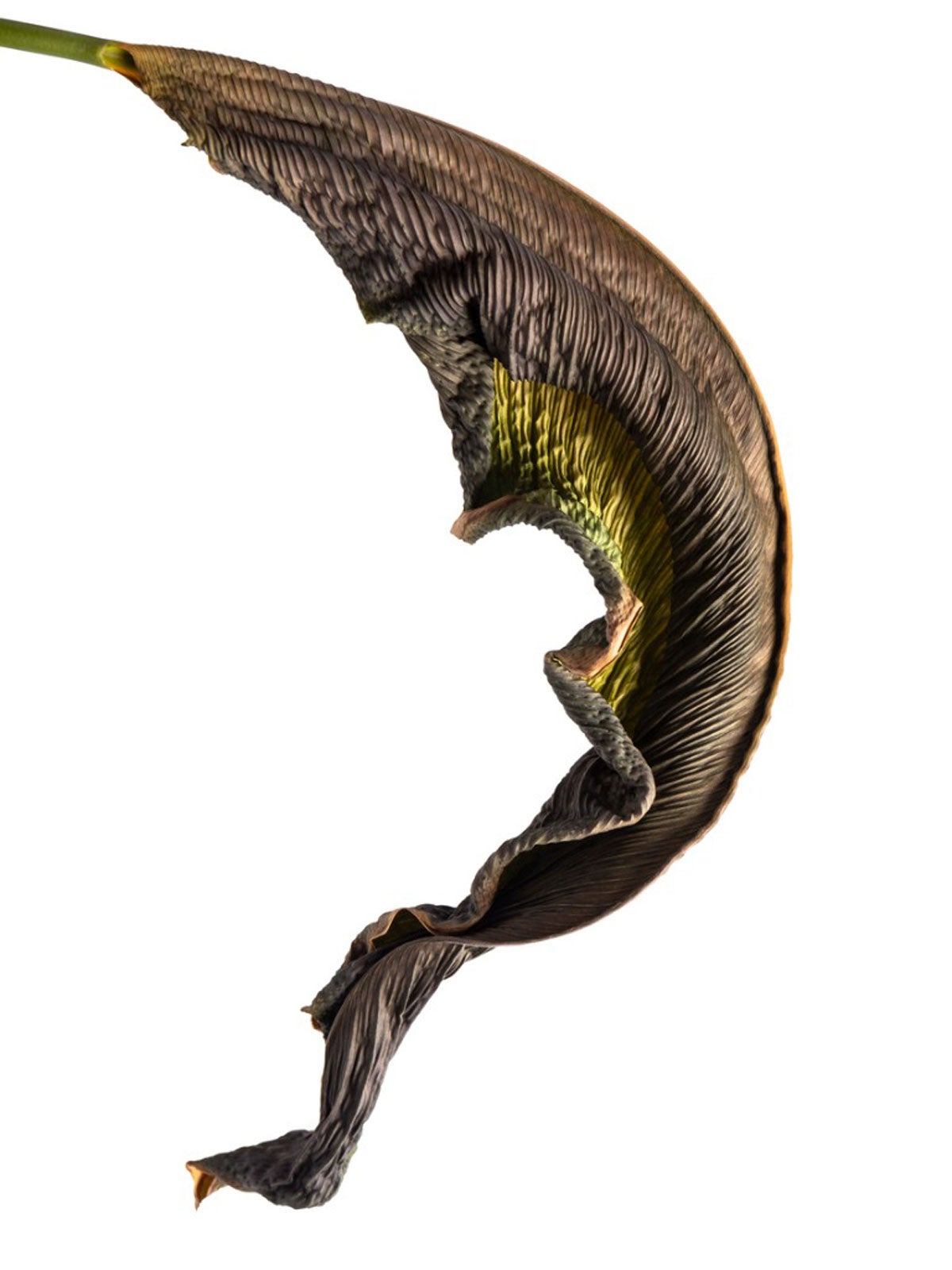 Brown Leaves On Prayer Plants: Why Do Prayer Plant Leaves Turn Brown
Brown Leaves On Prayer Plants: Why Do Prayer Plant Leaves Turn BrownThere are number of reasons the foliage on a houseplant can turn brown. Why do prayer plant leaves turn brown? Take a good look at this article to unlock the riddle of why you have brown leaves on prayer plants. Click here for more info.
By Bonnie L. Grant
-
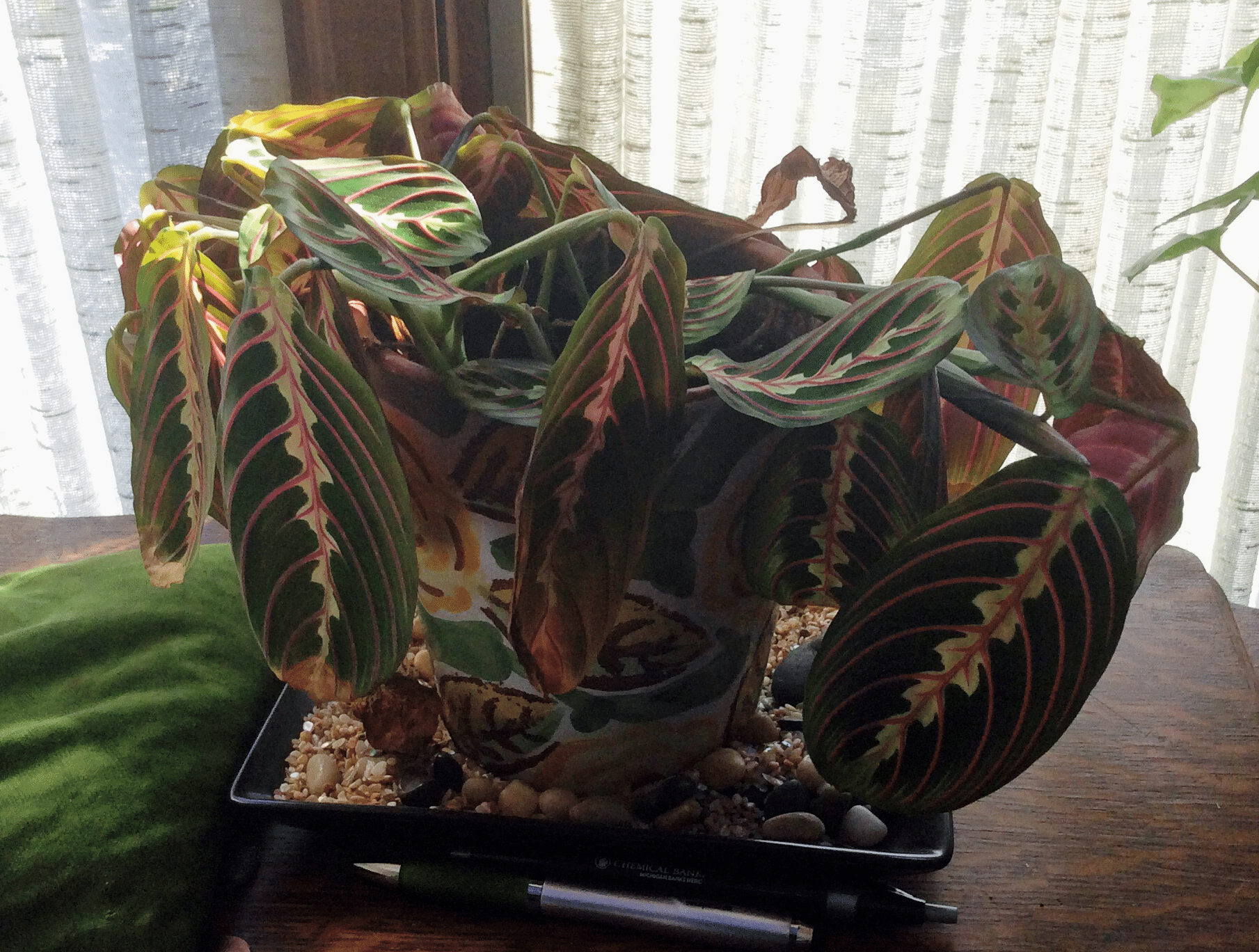 Yellowing Leaves On Prayer Plant: How To Fix Yellow Maranta Foliage
Yellowing Leaves On Prayer Plant: How To Fix Yellow Maranta FoliageWhen prayer plants turn yellow, it's often because of environmental problems, but a few diseases and pests could also be responsible. Read this article to find out the causes and their treatments.
By Kristi Waterworth
-
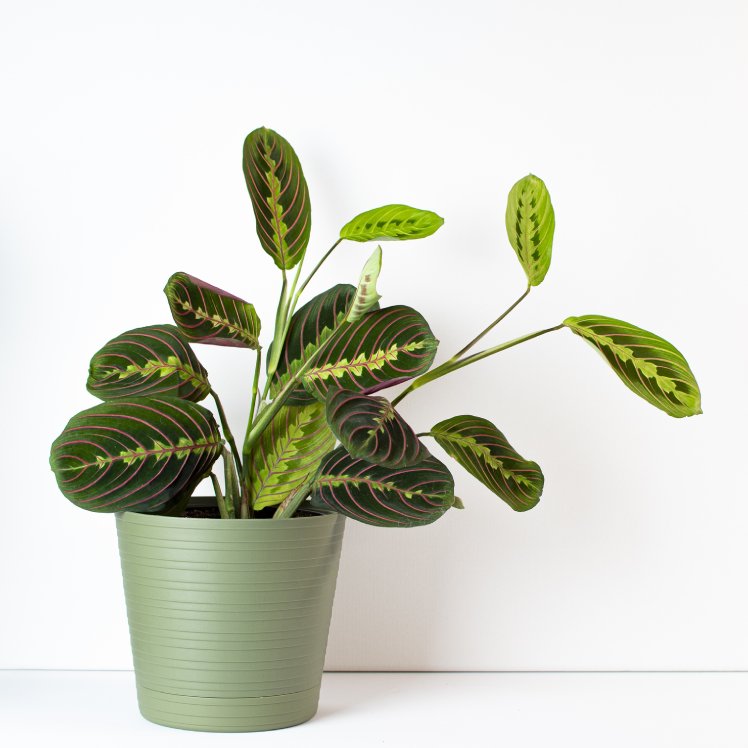 How To Grow And Care For Prayer Plants: Everything You Need To Know
How To Grow And Care For Prayer Plants: Everything You Need To KnowMost people are familiar with how to grow prayer plants. The prayer plant is easy to grow but has specific needs. Learn what those needs are in this article, including tips for propagating these plants.
By Amy Grant